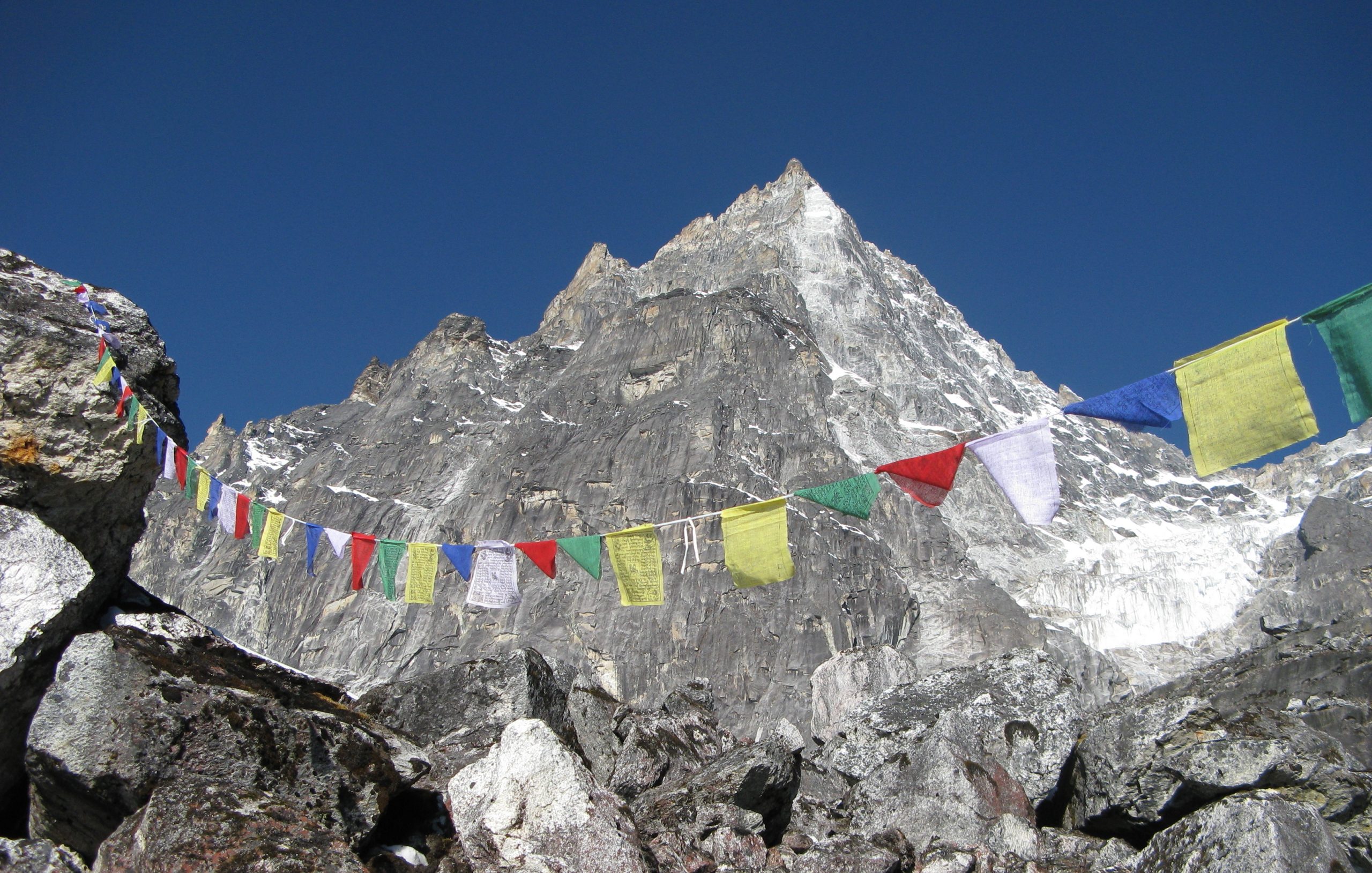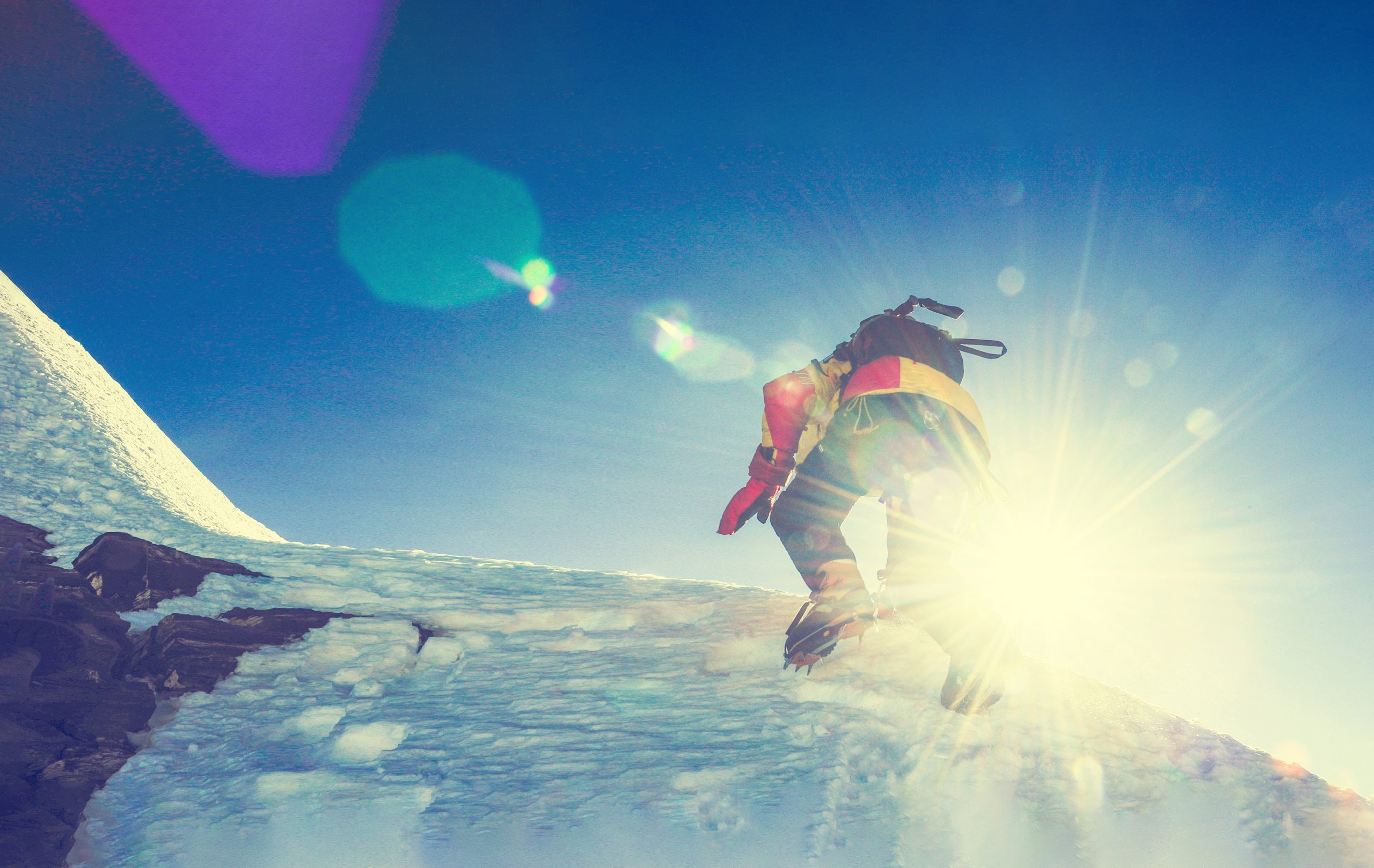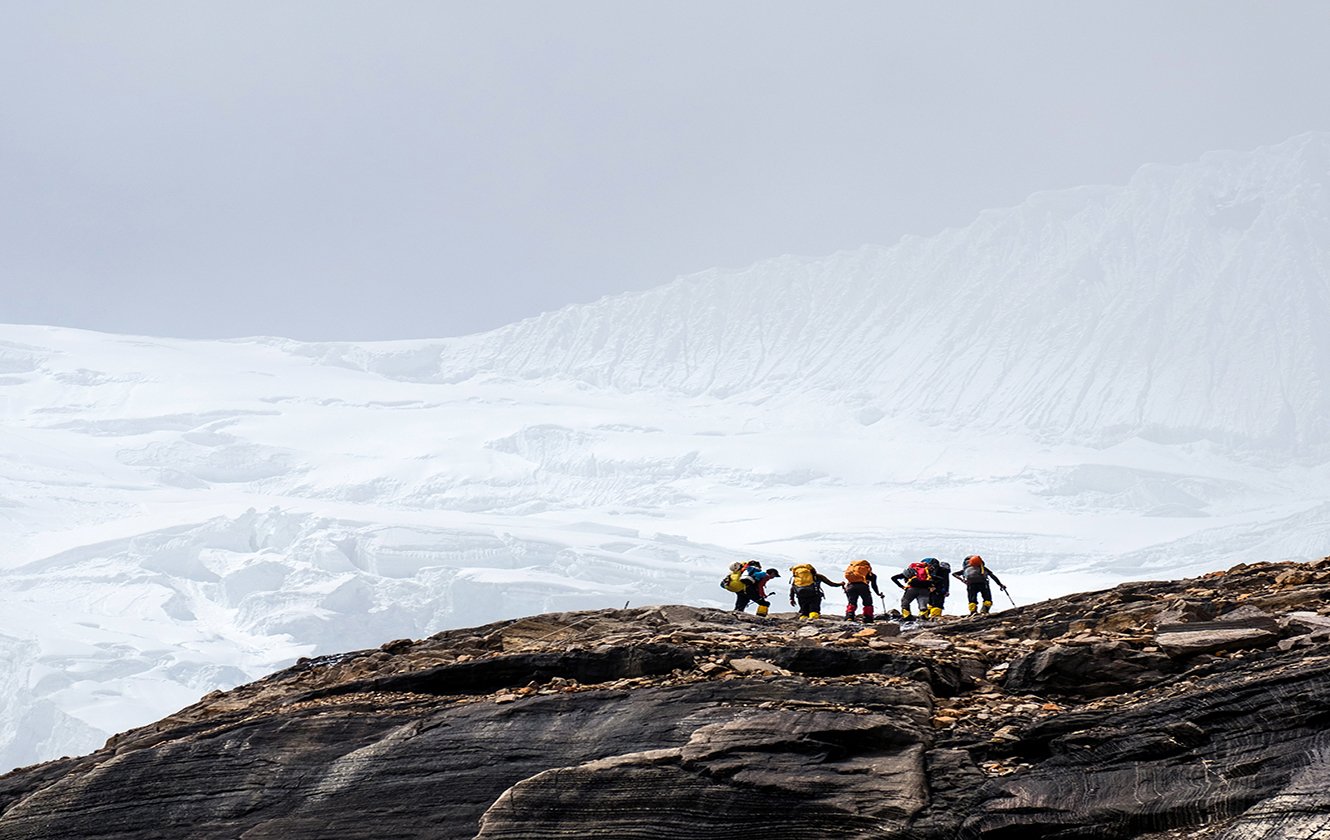
CHO – OYU EXPEDITION (8,201 m / 16,906 ft.)
- Home /
- Nepal /
- Peak Climbing & Expeditions /
- CHO – OYU EXPEDITION (8,201 m / 16,906 ft.)
Mt. Cho Oyu which stands astride the Nepal – Tibet border and to the west of Mt. Everest, has offered an excellent choice for all mountaineers alike wishing to climb their first 8,000 and over meter peak. It is technically uncomplicated climb with a minimal danger and accessibility easy; as such the logistic planning is much easier. Base camp can be planned reasonably, making the living little bit more comfortable and bearable.
Expedition begins in Kathmandu from where our visas for Tibet have to be processed. We then drive along the Trishuli Highway to Rasuwagadi at the Nepal-Tibet border. Our Chinese Liaison Officers and transport will meet us in Rasuwagadi which has turned into a fairly busy bustling trading town. We travel by coach with all our gears and equipment going by truck. Normally we would expect to spend two days in Kyrong for acclimatization before driving to the old town of Tingri. The Pass rises high above the Tibetan plains and the Base Camp is reached in a few hours from Tingri.
Leaving, Tingri, our trucks pull off the metal road and bump up a grassy plain leading up to the Nangpa La (Pass). We have couple of options for the Base Camp but, will probably take it on the flat moraine along the foot of the Gyabrag glaciers. A good path leads on for about two days to the Advance Base Camp. We will be staying here at the Base Camp throughout the expedition and plan not to descend until the expedition is finished. We will have large cook and mess tents and members will share 2 man dome tents. A Land Cruiser can be permanently placed on stand-by at the Base Camp for emergency evacuation. At approximately 5,700 meters there is the Advance Base Camp (ABC) that provides stunning views of the surrounding snowy mountain peaks, the jewels of the Himalaya. And overlooking the Nangpa La (Pass),
we see the key century old trading route between Nepal and Tibet.
After the Advance Base Camp, it is approximately three miles to the start of the mountain proper. A vague path leads through the easy moraine covered glaciers. At an elevation of 6,400 meters, Camp I will be fixed. If there is no snow, there is a steep path going up an endless scree slope which improves the higher you climb. The camp will be located on a broad snow field at the foot of the ridge leading up to a serac barrier which is the only real technical section on the route.
At about 6,900 meters the the ridge is blocked by a line of ice cliffs. Close inspection reveals many fixed ropes. We will fix a new rope in co-operation with any other trips that may be on the mountain with us. Normally we have one rope for ascent and another for descent on this pitch, which is about 40 meters high. This is the hardest part of the mountain but is not a difficult jumar.
Above the serac we climb out onto a plateau cut by huge crevasses. Wending our way between them we place Camp II at about 7,100 meters elevation.
Leaving Camp II we climb more easily through broad snow slopes to Camp III, at an elevation of 7,500 meters. This will be the highest camp. We make the attempts for the SUMMIT from here. On the Summit day it involves with an early start. Depending on weather / snow conditions we may or may not encounter some easy scrambling as we make our way up and across the low angled West Face.
We find summit plateau is very large and unfortunately the highest point is a long way back. However, if the weather favors the surrounding close-up views are just breathtakingly magnificent, including the giants of the region – Mt. Everest 8,848m, Lhotse 8,516m, Nuptse 7,855m, Chamlang 7,319 m, Ama Dablam 6,812 m and other peaks of the Khumbu Himalaya region spread out before us. It could also be possible to see the Mt. Menlungtse and Mt. Gauri Shanker (7,134 m) massifs. It is normally possible to descend from the summit all the way to Advance Base Camp on the same day, but it depends on snow conditions and the climbing members’ good health and fitness level.
Itinerary In Detail
-
1: ARRIVE IN KATHMANDU
Upon arrival at the Tribhuvan International Airport in Kathmandu, meet Himalayan Holidays representative, assist and transfer to the Hotel. Eve: Welcoming dinner with Nepali cultural dance.
Overnight at hotel in Kathmandu
-
2,3,4: EXPEDITION PREPARATIONS AND VISA PROCESSING DAY.
Spend few days in Kathmandu for expedition preparations & sightseeing, where as your visa processing continues at Chinese Embassy.
Overnight at hotel.
-
5: DRIVE TO TIMURE (1,913 M / 6,275 FT.) – 140 KM / 5~6 HRS
After breakfast start northwards from Kathmandu to Timure in a 4WD vehicle, via Prithivi Highway until we reach to Galchi. Leave the Highway and drive towards right crossing over Trishuli River. Road is good until we reach to Kalikastan before Dhunche. From here road condition is bad passing through the landslide area. It takes about 45 minute to reach Dhunche, where we stop for lunch at tea house lodge. After lunch continue to Timure where we can check in at Tea house lodge for overnight.
Dinner and overnight at hotel.
-
6: Enter to Tibet and drive to Kyrong (2,774 m / 9,098 ft.) – 50 km
Am: After early breakfast drive to Timure a small village in Nepal / China border. After completing Nepal immigration formalities walk to the border and enter to Tibet, where we will complete Chinese immigration formalities. After completing Chinese Immigration formalities continue drive to Kyrong. Upon arrival in Kyrong Shang check in at a guesthouse. Rest of the day is free for acclimatization.
Dinner and overnight at guesthouse.
-
7: ACCLIMATIZATION DAY AT KYRONG (2,774m / 12300 ft.)
Rest day at Nyalam for acclimatization, after breakfast, set out to the edge of the town to climb a small ridge for a fantastic view of the mountain range. Return to the lodge for lunch. Later, one can stroll through the town bazaar or visit the nearby monastery.
Dinner and overnight at guest house.
-
8: DRIVE TO OLD TINGRI (4,348 m / 14,261 ft)
A spectacular day as we climb up to 5,000 meters elevation. If the weather is clear the views from this road are absolutely superb. Arriving in Tingri we get our first views of the lonely mountains across the grassy plains. Overnight at Camp.
-
9: HIKING DAY AT TINGRI (4500 M)
Hiking day at Tingri for Acclimatization Process. This 3-4 hours hike to the nearby hill is a refresher hike for all going to the Base Camps.
-
10: DRIVE TO CHO OYU BASE CAMP (2 HRS / 4800 M)
Our campsite is known locally as Chinese Base Camp and after establishing our camp we can rest and enjoy the views. The camp is pleasantly situated on grassy patch alongside the river. Overnight at Camp.
-
11,12: REST DAY FOR ACCLIMITIZATION
We will spend 2 days at Base Camp for acclimatization and to prepare our equipment for the yak to carry them to Advance Base Camp. All our equipment is transported in blue plastic drums or kit bags.
Overnight at Camp -
13: CAMP EN-ROUTE (MIDDLE CAMP) – GYABLUNG (5,300 M / 5 HRS.)
It takes 2 days to trek up to the Advance Base Camp near the foot of the Nangpa La Pass. All our expedition equipment will be carried by yaks and we will trek alongside with our day packs. One overnight camp is needed en-route to Advance Base Camp. Overnight at Camp.
-
14: ADVANCE BASE CAMP (5,700 M / 4 HRS)
At Cho Oyu ABC
-
15 To 39: CLIMBING PERIOD
The expedition leader will control the day to day running of the expedition. Normally we establish Camp I at an elevation of 6,400 meters and Camp II at 7,100 meters elevation, before returning to the Advance Base Camp to rest. The climbing team along with our High Altitude Support Team will then establish Camp III at 7,500 meters elevation with the team members and sleeping only one night at this top camp before going to the summit. Overnight at Camp
-
40: DESCEND TO BASE CAMP & CONTINUE TO TINGRI
Descend back to Lower Base Camp, where you will meet the waiting vehicle and start short 2 hrs drive to New Tingri. Upon arrival in New Tingri check in at a hotel.
Dinner and overnight at Tingri.
-
41: DRIVE TO KYRONG EXIT TO NEPAL AND CONTINUE TO KATHMANDU
After early breakfast, start your return Journey back to Kathmandu via Friendship Highway. After arriving in Friendship Bridge, complete your Chinese Immigration formalities and exit to Kodari (Nepal), where we will complete our Nepal re entry formalities followed by lunch stop at convenience restaurant. After lunch meet waiting vehicle and drive to Last Resort for complete rest and relaxation.
Dinner and overnight at The Last Resort.
-
42: REST FOR RELAXATION
Spend a free day in Kathmandu for relaxation and the much deserved rest.
Dinner and overnight at hotel in Kathmandu.
-
43: FINAL DEPARTURE FROM KATHMANDU.
Free until final departure transfer to Tribhuvan International Airport.
42 Days From
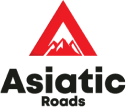
Any Question?
Feel free to call our travel experts.
+977 9851189018, +977 9801089018
info@asiaticroads.com
42 Days From

Any Question?
Feel free to call our travel experts.
+977 9851189018, +977 9801089018
info@asiaticroads.com
42 Days From

Any Question?
Feel free to call our travel experts.
+977 9851189018, +977 9801089018
info@asiaticroads.com
Reviews
In my 2 week stay, John was very professional and took me around to experience all that Kathmandu and surrounding areas has to offer. Sites were seen and many locals were met through John’s network.

Steven Stone
TravellerIn my 2 week stay, John was very professional and took me around to experience all that Kathmandu and surrounding areas has to offer. Sites were seen and many locals were met through John’s network.

Steven Stone
Traveller42 Days From

